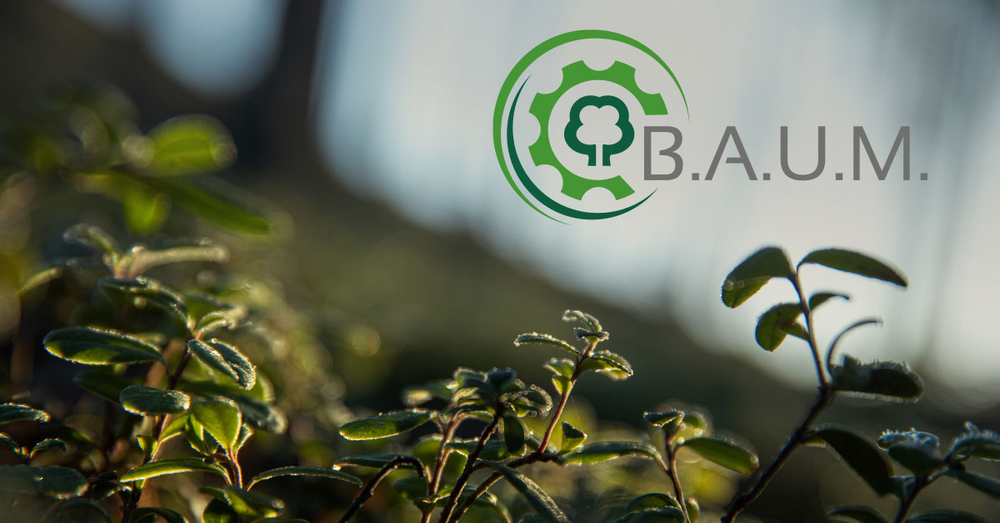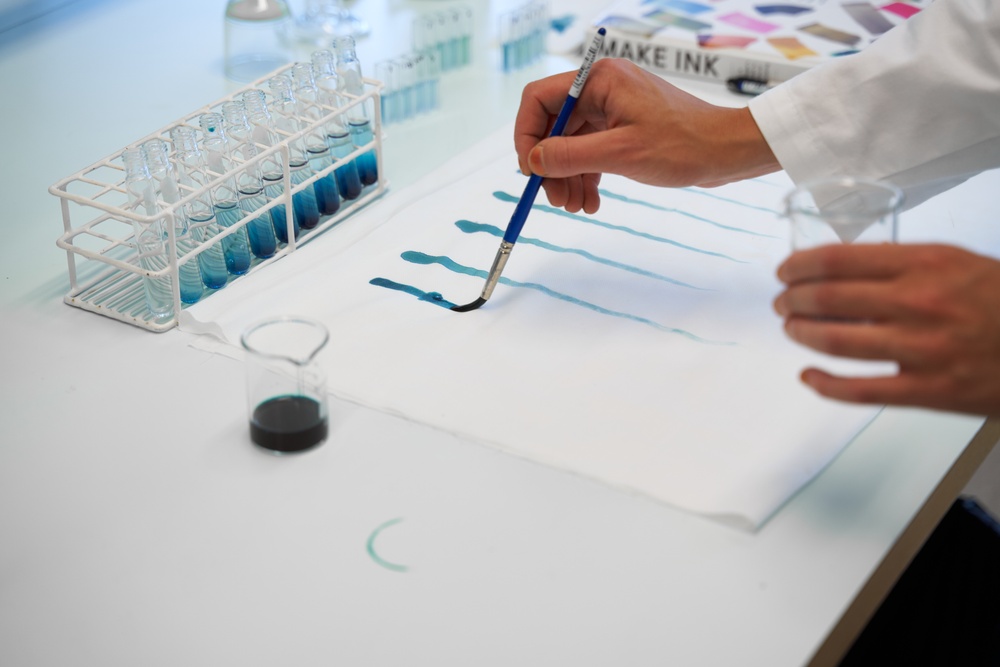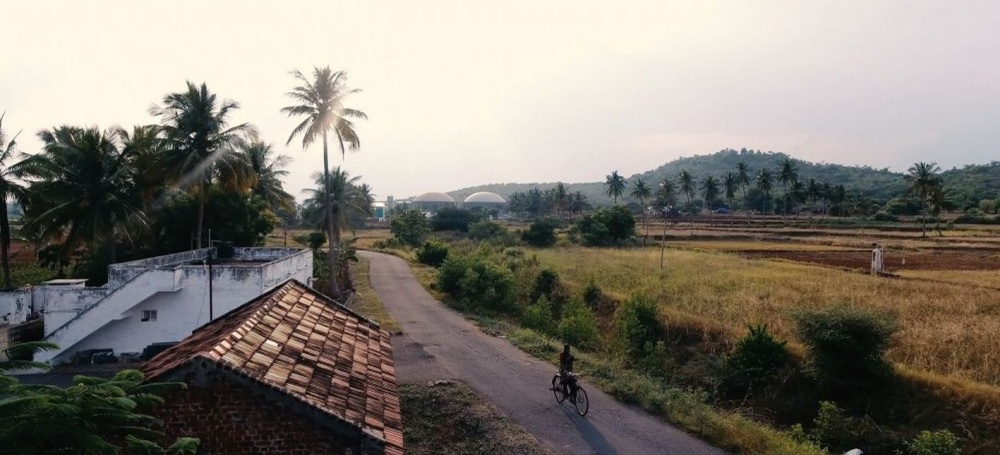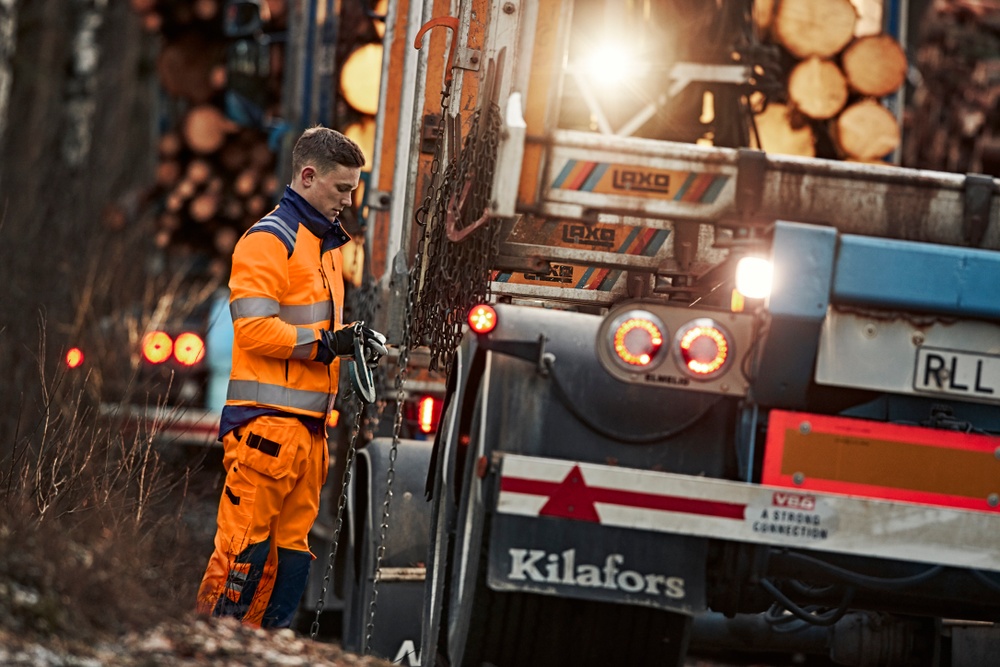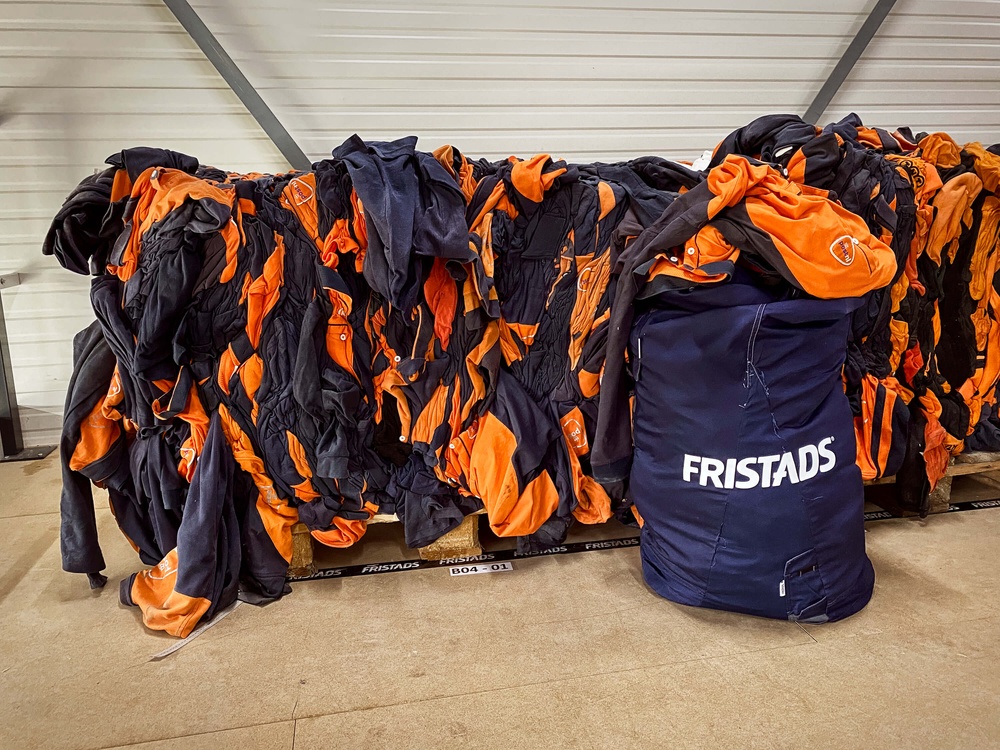Fristads reduces its emissions by nearly 40 percent
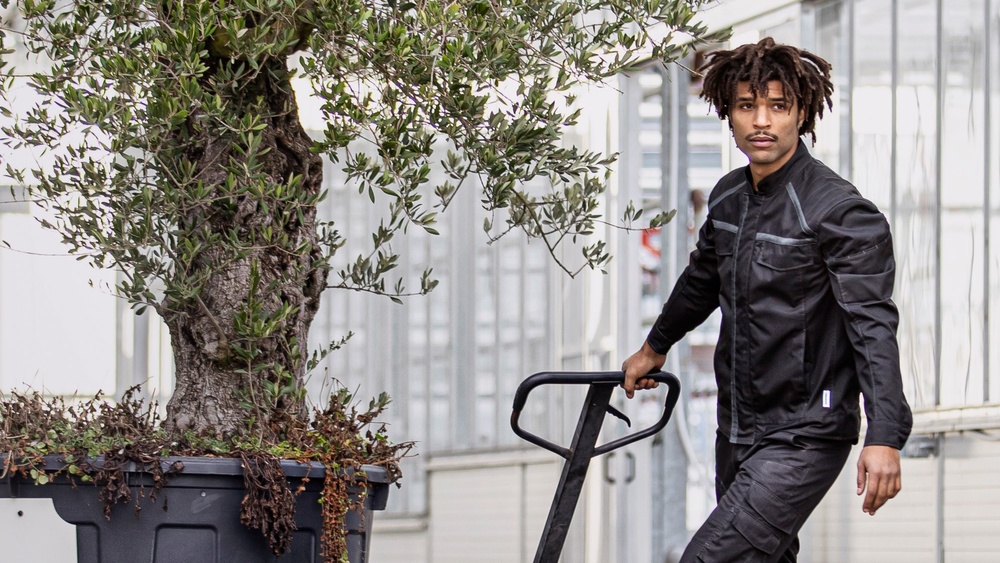
Workwear manufacturer Fristads’ has reduced its climate emissions in scope 1 and 2 by nearly 40 percent since 2018. That is the take-home message of the company’s annual sustainability report, which is released today. More energy-efficient facilities and a transition to more green energy make up most of the reduction.
”Clothing production should not burden the climate more than necessary and most of the emissions occur at the manufacturing stage. Thanks to our work to develop an Environmental Product Declaration we have mapped our climate impact at the garment level and can therefore prioritise actions that have great effect, such as optimising our warehouse and production, but also planning transports,” said Anders Hülse, CEO for Fristads.
This year marks the first time the sustainability report includes Fristads’ climate impact in the so-called scope 3, encompassing indirect emissions throughout the value chain – from the materials that are purchased and suppliers’ energy use, to transports and disposal of the products after they are worn out.
”Measuring scope 3 has been both challenging and exciting. Our Environmental Product Declarations have provided us with valuable data and now we have a process in place for this part of the reporting,” said Lisa Rosengren, Head of R&D Raw Material at Fristads.
Since 2018 Fristads has reduced its emissions of greenhouse gases by 39.5 percent when it comes to direct emissions and indirect emissions from electricity (scope 1 and 2). In scope 3 emissions have decreased by 2 percent compared with 2019. As a result of the pandemic, more transports were made by air than before, and Fristads also brought home larger quantities of products to keep stock levels high and secure customer orders – factors that have affected the emissions in scope 3.
”We were hoping for a more robust reduction in scope 3, even though we suspected that it wouldn’t be that substantial. Now we need to pick up the pace of our transition to reach the goal of halving our emissions by 2030,” said Lisa Rosengren.
The emissions from heat production and heating in Fristads’ own operations have decreased by 60 percent and 27 percent respectively since 2018. However, the emissions from company cars have increased by 25 percent, which is a result of the company growing and expanding on new markets. Meanwhile, emissions from air transports increased by 106 percent during 2021 compared with 2019.
Fristads is a member of Stica (Swedish Textile Initiative for Climate Action) and has mapped its greenhouse gas emissions since 2018. The textile industry is responsible for a total of 4–8 percent of the climate-affecting emissions in the world, and almost 80 percent of the emissions occur in the production.
Facts: Scope 1, 2 and 3
- Scope 1 covers direct greenhouse gas emissions from sources that are controlled by an organisation. For example, it includes greenhouse gas emissions from vehicles and machines that the business owns or leases, oil boilers for heating, and combustion of coal, gasoline or oil in factories that the business owns.
- Scope 2 consists of indirect emissions from electricity, i.e. consumption of electricity, district heating and district cooling.
- Scope 3 contains indirect greenhouse gas emissions, except for purchased energy, which occur outside of the business. For example, it may include material use, employee commuting, business trips and production of equipment, but also the processing, use and end-of-life treatment of sold products sold.
Source: Tricorona Climate Partner
Fristads’ emissions in scope 1, 2 and 3.
|
YEAR |
Scope 1 |
Scope 2 |
Scope 3 |
Total |
|
2018/2019 |
928 |
1,026 |
62,557 |
|
|
2021 |
678 |
504 |
61,295 |
62,477 |
|
Reduction from baseline year |
-27% |
-51% |
-2% |
|
For the 2021 analysis, Fristads has changed the extent of the scopes by also including the brands Leijona and Kansas in the result, as well as the production in Riga and Stryi. That means emissions can only be compared with the baseline years 2018 (scope 1 and 2) and 2019 (scope 3), which have been updated since the last sustainability report.
Read more about Fristads’ sustainability work here and download the latest sustainability report here.
About Fristads
Fristads has challenged and driven the development of durable and functional workwear since 1925, always with professional workers in mind and with innovation and sustainability as drivers. Our range of clothing includes classic as well as contemporary garments for a wide range of industries and our garments are made to meet the highest standards when it comes to quality, safety and comfort. Fristads is part of Hultafors Group, which is owned by Investment Latour AB and offers a broad portfolio of products and brands catering to professional craftsmen. Read more about Fristads at www.fristads.com.
